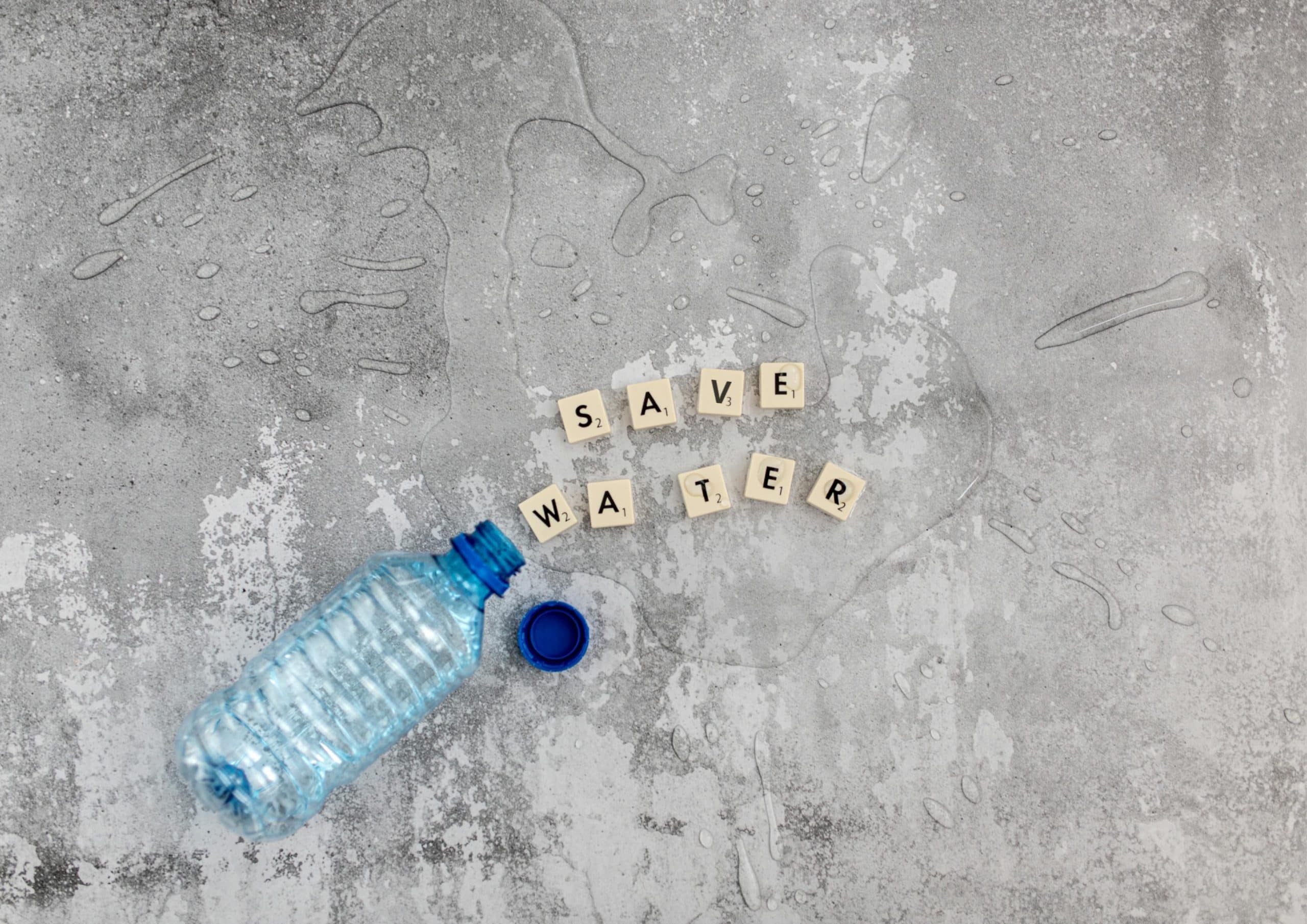How to Develop a Landscape Design That Conserves Water in a Dry Climate?

Landscaping in a drought-prone area doesn’t mean you have to compromise on your garden’s aesthetic appeal. With a few smart strategies, you can create a landscape design that’s both visually stunning and water-wise. The focus is on creating a landscape that uses water sustainably, keeping the soil healthy, and choosing plants that can withstand harsh conditions.
Selecting Drought-Tolerant Plants
When designing a water-conserving landscape in a dry climate, your primary consideration should be the plant selection. Native plants or those that are drought-tolerant can be your best allies. These plants have adapted to survive in local conditions and require less water than non-native species.
Additional reading : What Are the Latest Innovations in Eco-Friendly Roofing Materials?
Begin by identifying the region’s native plants. These plants are naturally adapted to the local climate and soil conditions. They have evolved to thrive under the weather conditions of the region and are inherently drought-tolerant. Incorporating native plants into your landscape design not only aids in water conservation, but it also helps preserve the local biodiversity.
Alongside native plants, you can also explore the option of incorporating drought-tolerant plants into your landscape design. These plants have the ability to survive with minimal water and are perfect for creating a vibrant, water-wise garden.
Also to discover : What’s the Best Approach for Creating a Home Sound Studio in a Converted Loft?
Some examples of drought-tolerant plants include succulents like agave and aloe, shrubs like sage and lavender, and trees like acacia and mesquite. These plants not only add texture and colour to your landscape, but they also contribute to creating a resilient, drought-tolerant garden.
Implementing Efficient Irrigation Systems
An efficient irrigation system is an integral part of any water-wise landscape design. It ensures that the plants get the required amount of water without any wastage. The choice of the irrigation system will depend on your garden’s specific needs.
Drip irrigation systems are a popular choice for water-wise landscaping. They deliver water directly to the plant’s roots, reducing evaporation and runoff. Another efficient option is a soaker hose system, which slowly releases water into the soil, ensuring that the plants receive a steady supply of water without any wastage.
When planning your irrigation system, consider the watering needs of each plant. Different plants have different water requirements, and a well-planned irrigation system can cater to these needs effectively.
To make the irrigation process more efficient, consider grouping plants with similar watering needs together. This approach, known as hydrozoning, can help you manage your water resources more effectively.
Incorporation of Mulch in the Landscape Design
Mulch is an essential component of a water-wise landscape design. Not only does it enhance the aesthetic appeal of your garden, but it also plays a crucial role in conserving soil moisture.
Mulch is a layer of material applied to the surface of the soil. It helps retain soil moisture by slowing down the evaporation process, reducing the need for frequent watering. Furthermore, mulch acts as an insulator, keeping the soil temperature stable even under extreme weather conditions.
Organic mulches like wood chips, straw, or compost serve a dual purpose. As they decompose, they enrich the soil with nutrients, improving its health and fertility. They can thus help your drought-tolerant plants to thrive.
Designing for Water Runoff
In a water-wise landscape, every drop of water counts. Rainfall, although infrequent in dry climates, can provide a valuable source of water for your garden. Designing your landscape to capture and utilize rainwater can significantly reduce your reliance on other water sources.
Creating a rain garden or installing a rain barrel can help you utilize rainwater effectively. A rain garden is a shallow depression planted with native or water-tolerant plants. It collects and filters rainwater, allowing it to seep into the ground slowly.
Creating Shade and Windbreaks
Finally, protecting your garden from the elements can significantly reduce its water needs. High temperatures and winds can lead to increased evaporation, drying out your soil and plants.
Planting trees strategically can create shade and act as a windbreak. This not only protects your plants from harsh weather conditions but also reduces evaporation. Choose trees that are native or adapted to your region for best results.
A landscape design that conserves water in a dry climate requires careful planning and implementation. With the right selection of plants, efficient irrigation systems, and the smart use of resources like mulch and rainwater, you can create a beautiful, water-wise garden. Remember, every drop of water saved contributes to a greener, more sustainable world.
Incorporating Hardscape Elements in Your Water-Wise Landscape
Hardscape elements play a significant role in water conservation in your landscape design. These non-living components include pathways, patios, retaining walls, and other structures that contribute both functionally and aesthetically to your garden.
When incorporated thoughtfully, hardscape elements can help to reduce the overall amount of water your landscape requires. For instance, a paved patio or gravel pathway requires no watering, unlike a traditional lawn. Similarly, a retaining wall can help manage water runoff, directing it towards the areas of your garden that need it the most.
One strategy is to replace a portion of your lawn with hardscape elements. This can significantly reduce your water usage, as lawns often require a lot of water to stay green, especially in a dry climate.
When choosing materials for your hardscape elements, consider permeable options. These materials allow water to seep through, reducing runoff and helping to recharge the groundwater. Examples include permeable pavers and gravel.
Hardscaping also provides an opportunity to incorporate elements that capture and store water. For example, installing a rain chain can direct rainwater from your roof into a rain barrel or a water-wise garden bed.
When properly designed and installed, hardscape elements can enhance the visual appeal of your garden while contributing to water conservation. Their maintenance-free nature also makes them a practical choice for a water-wise landscape.
Maintaining Your Water-Wise Landscape
Once your water-efficient landscape is in place, it’s important to ensure its long-term success through proper maintenance. Regular care can keep your garden healthy, beautiful, and water-efficient.
Start by monitoring your irrigation system regularly. Check for leaks and ensure the system is delivering the right amount of water to each plant. Adjust the watering schedule seasonally, as the water requirements of plants can change with the weather.
Pruning your plants can also help improve their water efficiency. Removing dead or diseased parts of the plant can help it use water more effectively. In addition, regular pruning can stimulate new growth, keeping your garden looking vibrant.
Mulch should be replenished regularly to maintain its effectiveness. As organic matter breaks down, it not only enriches the soil but also needs to be topped up to continue providing its benefits of moisture retention and temperature control.
Even with drought-tolerant plants, occasional deep watering may be needed to maintain their health, especially during periods of extreme heat or dryness. This helps to encourage deeper root growth, making the plants more resilient.
With regular care and attention, your water-wise landscape can thrive, providing a beautiful, environmentally friendly space for you to enjoy.
Conclusion
Designing a landscape that conserves water in a dry climate involves integrating various strategies, from selecting drought-tolerant plants to implementing efficient irrigation systems and incorporating water-wise hardscaping. The goal is not only to create a visually pleasing environment but also to conserve an essential resource.
Maintaining your water-wise landscape requires regular care, monitoring, and adjustments. A properly maintained water-efficient garden can prosper even in harsh conditions, offering a vibrant and resilient space that aligns with the principles of sustainability and conservation.
Remember, every effort towards water conservation, no matter how small, has a significant impact on a larger scale. With careful planning and implementation, your water-wise landscape can serve as a model of sustainable landscaping, inspiring others to follow suit in the quest for a greener world.
